Everyone knows what the Rorschach tests are. Like Freudian slips, boycotts, quislings and platonic friendships, however, it was long ago forgotten that they had been named after an individual human being. Hermann Rorschach was a Swiss doctor and psychiatrist with curiosity about the visual arts, a contemporary of Freud and Jung. He created the tests in a book published in 1921, and a structure for evaluating patient responses to them before dying of appendicitis the following year.
Rorschach’s life has its interests, and certainly casts some unexpected light on the Europe of his time. His father wrote an artistic treatise which sounds extraordinarily like the Bauhaus writings of Paul Klee, decades later. Was there something circulating among Swiss artists that we don’t know about? Rorschach worked with some of the creators of psychiatric medicine, notably Eugen Bleuler, who coined the term ‘schizophrenia’, as well as having a lively interest in the theories of Freud and Jung.
The important point about Rorschach is that he was a practical clinician without the extravagant speculations that circled round both Freud and Jung. Readers of The Magic Mountain often come to the séances in the later part of the novel without realising that, for many writers on the mind, paranormal and subconscious activity might prove to be part of the same thing. Rorschach, on the other hand, had no interest in the paranormal. His concern, more promisingly, was with the links between aesthetic response and mental health, and he sought ways to comment on whether responses showed hidden neuroses or minds in good health. This, and other explorations into associations of ideas in patients, produced the famous tests.
These took on such an extraordinary life of their own that this book, inevitably, is largely about events after Rorschach’s death. The original idea was that patients should be shown ten symmetrical blots, and asked to comment. Perhaps surprisingly, there have only ever been ten pictures, created by Rorschach after much labour. The responses that patients produced could be placed in one of several categories — a comment on colour, one speculating on movement, identifying a particular form or so on. Rorschach had in mind ‘normal’ and ‘abnormal’ responses, some of which seem perceptive; he observed that depressives would rarely speak of colour or movement, and would worry over small details. He also saw that a run of fantastic interpretations might imply madness, or high intelligence and creativity, but was sure that the test as a whole would be able to distinguish between the two.
What he perhaps did not see was how many of his ‘normal’ responses would come to seem culturally specific to his time and place. He himself said to an audience in St Gallen that ‘I feel about Plate 1, for example, that the only good answer is two New Year’s mummers with coats billowing.’ Other approved possibilities were animal-skin rugs, which might have been sensible in Appenzell in 1921. But the test was applied in the 1960s to Vietnamese freedom fighters. Their inability to suggest ‘a bearskin rug’ probably said nothing about their sanity.
Damion Searls largely limits his history of the tests to American psychiatry; they surface here and there otherwise, but I doubt whether any British psychiatrist has used them for years. There, the tests have long ago seeped into popular usage; only the other day, the Washington Post was describing a photograph of Ivanka Trump as ‘the latest political Rorschach test’, meaning, roughly, that it would reveal whether you love or loathe her. In America, the tests were grossly simplified. One development showed patients being offered a range of possible answers, obviously destroying the point of the test to reveal imagination or fantasy. The means of interpretation multiplied to an insane degree, lending the conclusion an utterly spurious scientific authority:
Let’s say Mr Doe gave both of those Reflection responses, as well as four Pair responses, each coded ‘2’ …’a pair of boots’, symmetrically located on either side of the card but not parts of a single whole…Plugging those numbers in Exner’s formula would produce an Egocentricity Index of ([3×2] + 4/20 = 10/20 = 0.5: a bad sign for Doe.
The incentive to create these mathematical formulae with indisputable results, of course, was that anyone who had been on a training programme could then administer the test. No human insight or intelligence was needed: just a calculator. The US Air Force and a million human resources departments fell on the tests with great relief.
The trouble was that the tests tended to indicate psychosis where none existed, and (in one famous case) when it was administered to the most dreadful of the defendants in the Nuremberg trials, it revealed that they had an ‘exceptionally well integrated personality with excellent potential’. Some research found that companies recruiting on the basis of the Rorschach tests hardly did any better at finding talent than if they had stuck pins in a list. I discover from other sources than Searls that the Rorschach tests were very widely used in the United States to diagnose homosexuality — a very damaging usage, considering that the American Psychiatric Association classified homosexuality as a mental illness until 1987. All that Searls has to say on this subject, with gross but unintentional homophobia, is that ‘male subjects often saw the bottom center of Card I as a fleshy female torso, but homosexuals tended to see it as a muscular male torso’.
I can’t help feeling that, as with so many manifestations of the human personality, there is something important and solid that the Rorschach tests reveal, but it is a mistake to try to measure it exactly. It is also a mistake to say that, because these measurements are often wrong: the Rorschach tests reveal nothing at all about the individual psychology. An interesting parallel is with individual handwriting. We all know that graphology doesn’t stand up to analysis, but if we have any sense, we know that sometimes an individual’s personality is quite strongly revealed by the way they put pen to paper. Similarly, it does seem clear that someone in the throes of deep depression will talk about an image in quite different ways to a clever, exuberant, imaginative person, and see different things in complex near-abstract patterns. An imaginative psychiatrist — as imaginative as Rorschach — might be able to listen to a patient talking about what he thinks he is seeing, and find it illuminating. It’s just when they start ticking off possibilities that the tool stops being useful.
This appears to be the first biography of Rorschach, but has its principal interest in the comedy of American psychotherapy, which so ludicrously misused Rorschach over decades. Searls is more at home in that world than in the Swiss. I wondered, from some of his descriptions, whether he had spent much time in Rorschach’s home town of Schaffhausen. It’s curious, too, that though he has published translations from both French and German, he is capable of an elementary mistake, translating Kuchen as ‘cookie’ — it means ‘cake’.
Still, it’s interesting to see this important though massively misused tool in psychiatric history in its proper human context. Used properly, it might at the very least indicate imaginative resourcefulness, or its opposite. Few people will read this book without the thought crossing their minds of what the Rorschach tests carried out on our current political leaders might reveal, or who it might promptly disqualify.
Got something to add? Join the discussion and comment below.
Get 10 issues for just $10
Subscribe to The Spectator Australia today for the next 10 magazine issues, plus full online access, for just $10.
You might disagree with half of it, but you’ll enjoy reading all of it. Try your first month for free, then just $2 a week for the remainder of your first year.

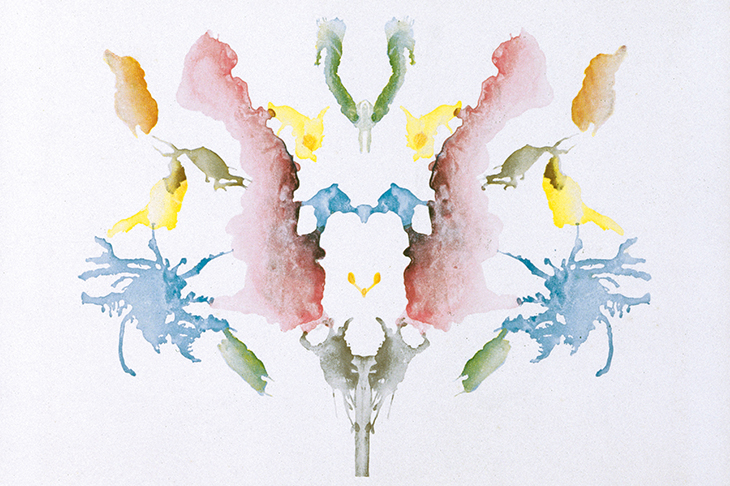
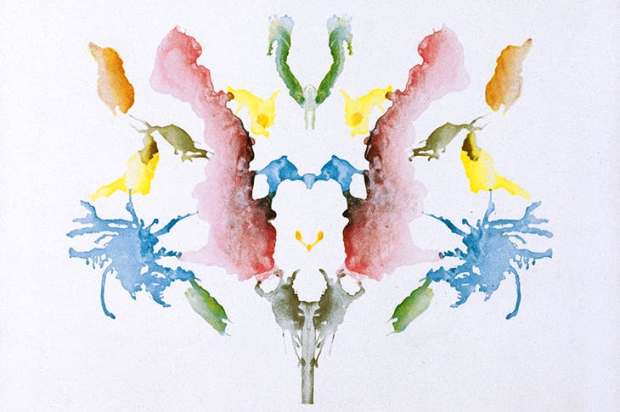
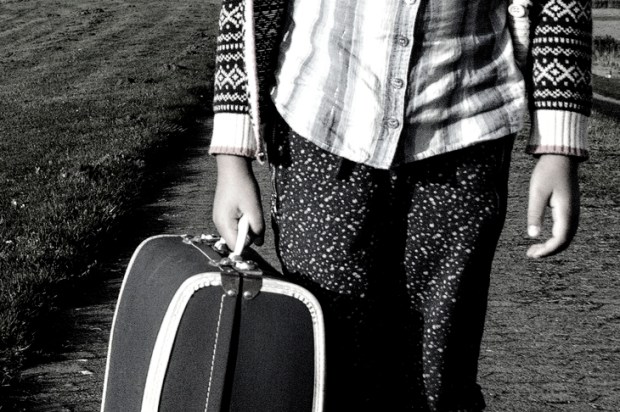

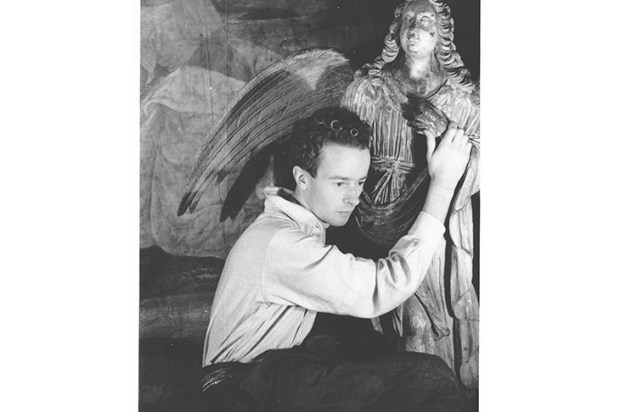
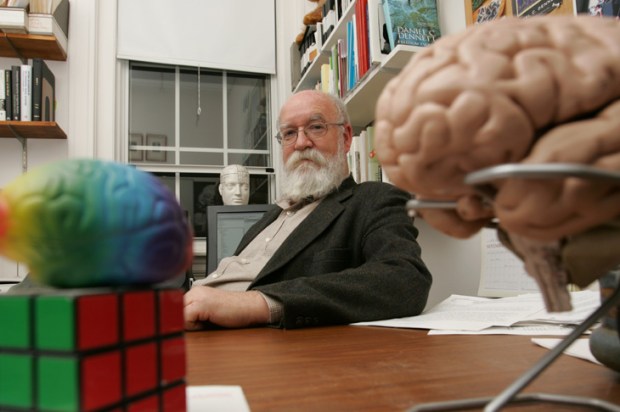







Comments
Don't miss out
Join the conversation with other Spectator Australia readers. Subscribe to leave a comment.
SUBSCRIBEAlready a subscriber? Log in